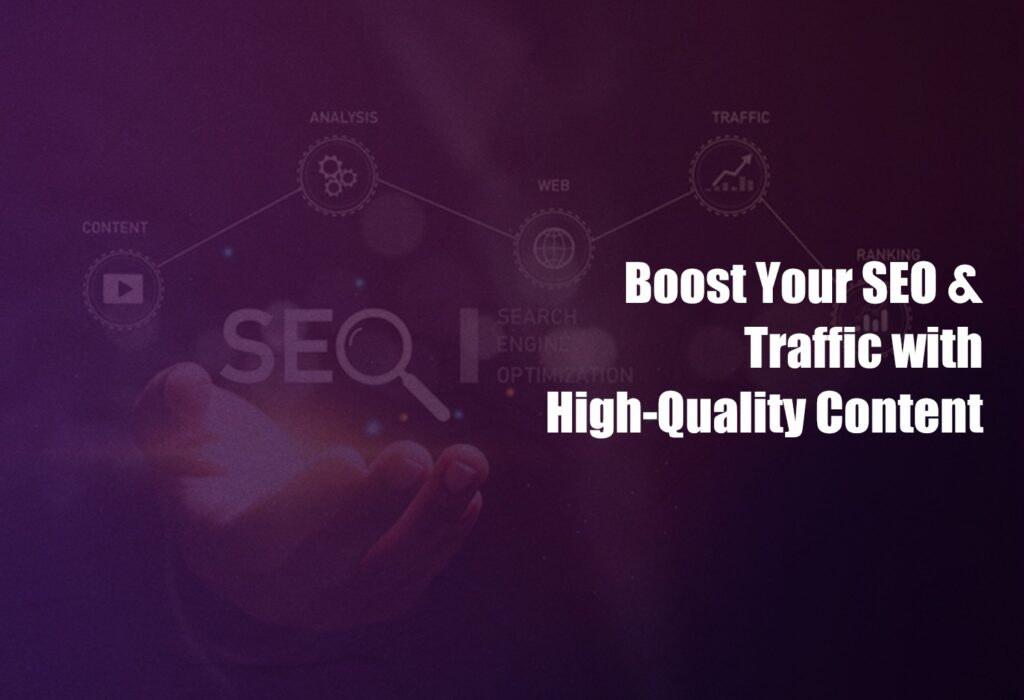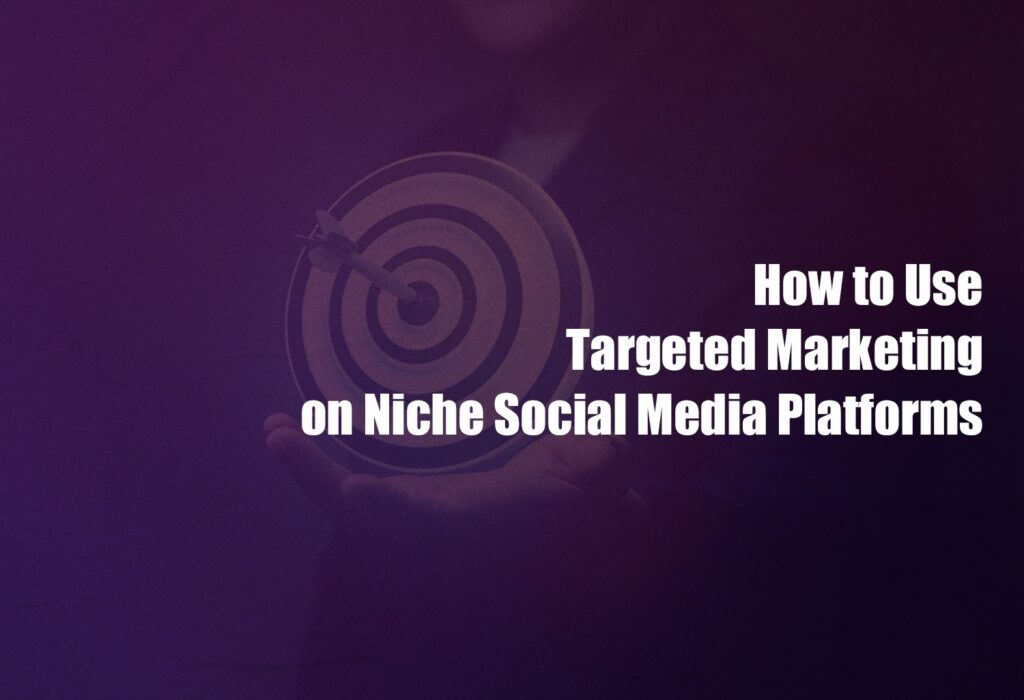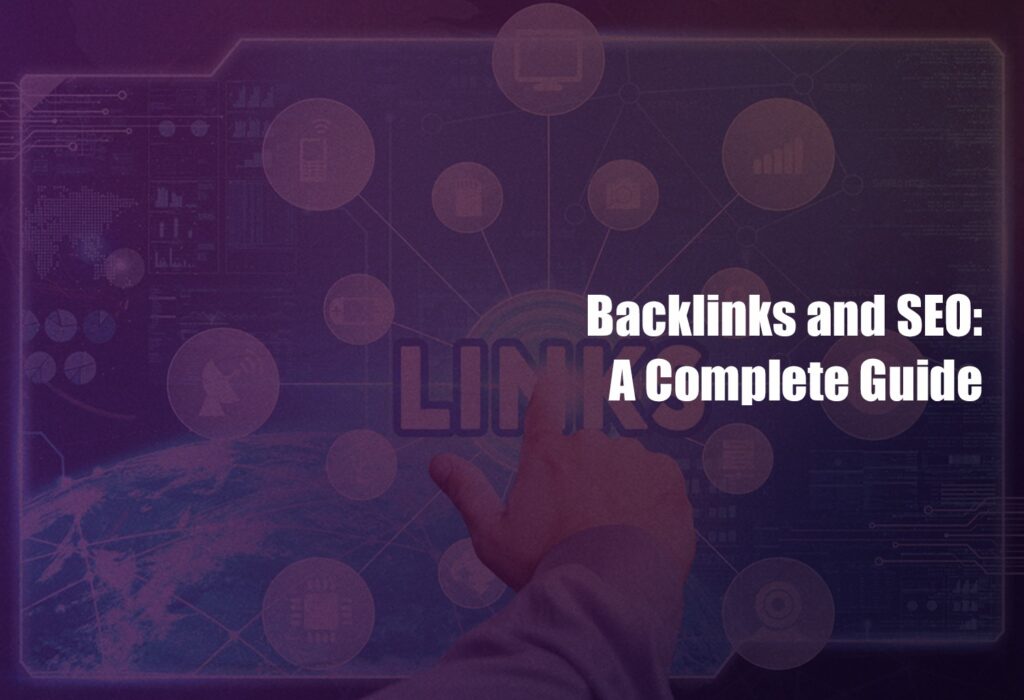If you’ve ever analysed your website’s performance, you’ve probably come across the term bounce rate. But what does it really mean? And more importantly, does it impact your Google rankings? While bounce rate might not be a direct ranking factor, it plays an important role in how users interact with your site, which indirectly influences your SEO impact. Let’s explore how bounce rates affect your website’s performance and, most importantly, how to fix them!
First, What Exactly is Bounce Rate?
Simply put, your bounce rate is the percentage of visitors who land on a page of your website and leave without taking any further action, no clicks, no navigation to other pages, nothing.
For example, if a visitor clicks on your blog post, reads it, and then exits without exploring further, it’s considered a “bounce.” A high bounce rate on a website could mean that visitors aren’t finding what they’re looking for, or worse, your site isn’t engaging enough to keep them around.
Now, this begs the question: Does a high bounce rate hurt your SEO rankings?
Does Bounce Rate Affect Google Rankings?
The answer isn’t as straightforward as you might think. Google has stated that bounce rate is not a direct ranking factor. However, it does give valuable insights into your site’s usability and content quality, which do impact your SEO performance.
For instance:
- A high bounce rate could indicate irrelevant content or poor user experience, which signals to Google that users aren’t satisfied.
- Conversely, a low bounce rate often suggests that visitors are engaging with your content, which can positively impact your rankings.
So, while bounce rate SEO isn’t a ranking factor on its own, it’s definitely worth paying attention to if you want to improve your overall SEO impact.
Why Should You Care About Bounce Rates
Think of bounce rates as a thermometer for your website’s health. If it’s too high, it’s a sign that something’s wrong:
- Is your content aligning with user expectations?
- Is your website easy to navigate?
- Are there technical issues like slow loading times?Fixing these problems doesn’t just reduce your bounce rate, it also enhances your user experience, improves engagement, and supports a stronger SEO impact
How to Improve Your Website’s Bounce Rate
If your bounce rate is high, don’t panic! Here are some actionable ways to fix it and keep visitors engaged.
1. Speed Up Your Website
Nothing makes users bounce faster than a slow-loading site. Page speed is critical for reducing bounce rates and improving user experience.
- Use tools like Google PageSpeed Insights to identify speed issues.
- Optimise images and reduce unnecessary scripts to make your site load faster.
A faster site leads to happier users, and a lower bounce rate on your website.
2. Make Sure Your Site is Mobile-Friendly
With most web traffic coming from mobile devices, a site that doesn’t work well on phones is a huge turnoff.
- Ensure your design is responsive and adapts to all screen sizes.
- Test your site on multiple devices to identify usability issues.
A mobile-friendly design can significantly lower your bounce rate and improve your SEO impact.
3. Align Your Content with User Intent
If users don’t find what they’re looking for, they’ll leave fast. That’s why it’s essential to match your content with your audience’s expectations.
- Conduct thorough keyword research to understand what your visitors are searching for.
- Create content that addresses their needs and provides clear, actionable information.
When your content is relevant and helpful, you’ll naturally see a low bounce rate and higher engagement.
4. Simplify Navigation
A complicated menu or poorly organized site structure can frustrate visitors and lead to a high bounce rate.
- Use clear and concise menus that make it easy for users to find what they’re looking for.
- Include breadcrumbs and internal links to guide visitors to other pages on your site.
The easier it is for users to explore, the longer they’ll stay, improving both your bounce rates and SEO impact.
5. Use Engaging Visuals and Videos
Text-heavy pages can overwhelm users. Break up your content with engaging visuals, infographics, or videos to keep users interested.
- High-quality visuals make your content more appealing and easier to digest.
- Videos can provide deeper explanations and hold visitors’ attention longer.
Interactive elements encourage users to stick around, helping to reduce bounce rates.
6. Optimise Your Calls-to-Action (CTAs)
Clear and compelling CTAs guide visitors toward the next step, whether it’s reading another blog, signing up for a newsletter, or making a purchase.
- Use action-oriented language like “Learn More,” “Sign Up Today,” or “Shop Now.”
- Place CTAs strategically where they’re easy to see without being intrusive.
A good CTA reduces the chance of visitors leaving and boosts your bounce rate SEO performance.
7. Improve Your Meta Descriptions
If your meta descriptions don’t match the content on your page, visitors will feel misled and bounce right off.
- Write accurate meta descriptions that summarize your page’s content.
- Include your primary keyword to align with user intent.
When visitors know exactly what to expect, they’re more likely to stay and explore.
Monitor and Analyse Your Bounce Rates
Finally, use tools like Google Analytics to keep an eye on your bounce rates. Identify which pages have the highest bounce rate on your website and investigate the reasons behind it. Regular monitoring allows you to make continuous improvements that enhance user experience and reduce bounces over time.
Conclusion
While bounce rate isn’t a direct Google ranking factor, it’s an important metric for understanding user behavior and improving your website’s performance. A high bounce rate often signals issues with content, navigation, or usability, which can negatively affect your SEO impact. By focusing on actionable fixes like improving page speed, aligning content with user intent, and optimising navigation, you can achieve a low bounce rate and create a better experience for your visitors.




